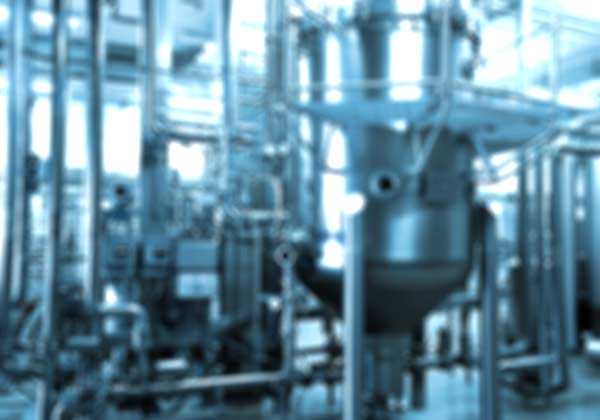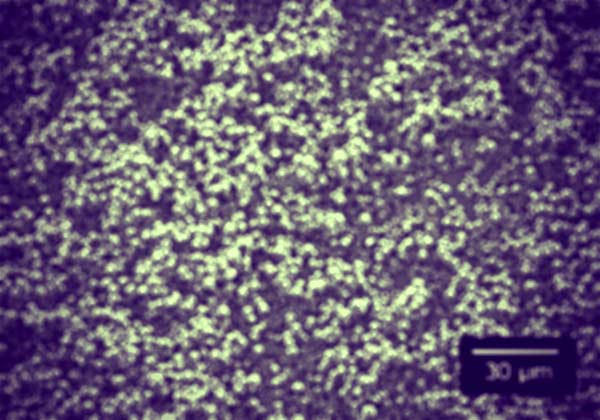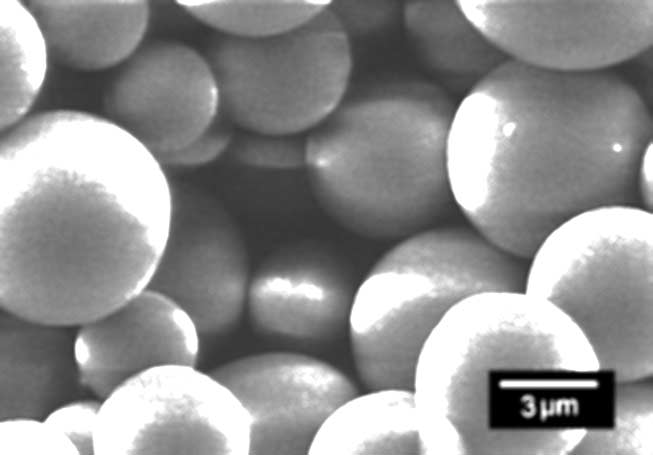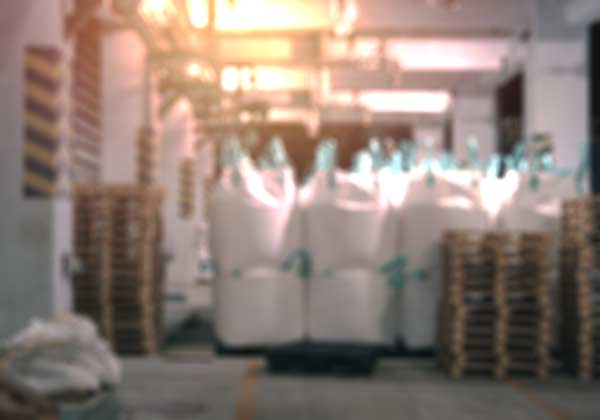The Satake i Classifier is a high-precision centrifugal wet classifier. Classification is performed in a centrifugal chamber with an adjustable-speed rotor. You can easily adjust rotor speed to cut at any point from several micrometers down to 0.1 microns. You read that right, 0.1 microns. The i Classifier is the best classifying system on the market for producing cutting-edge powder materials.
Are your dry classifiers' powder yields too low?
i Classifier's yield efficiency is 20% to 50% greater!
Can't get the submicron cut point you need?
i Classifier has a reliable 0.1 micron cut point. Yes, really. 0.1 microns.
Trace contaminants in your fine milled powders?
We beat all dry classifiers SIGNIFICANTLY along with with virtually zero waste via recirculation.
Can't produce bulk powders at the particle sizes you need?
The i Classifier reliably produces monodisperse fine powders in a very narrow submicron range.
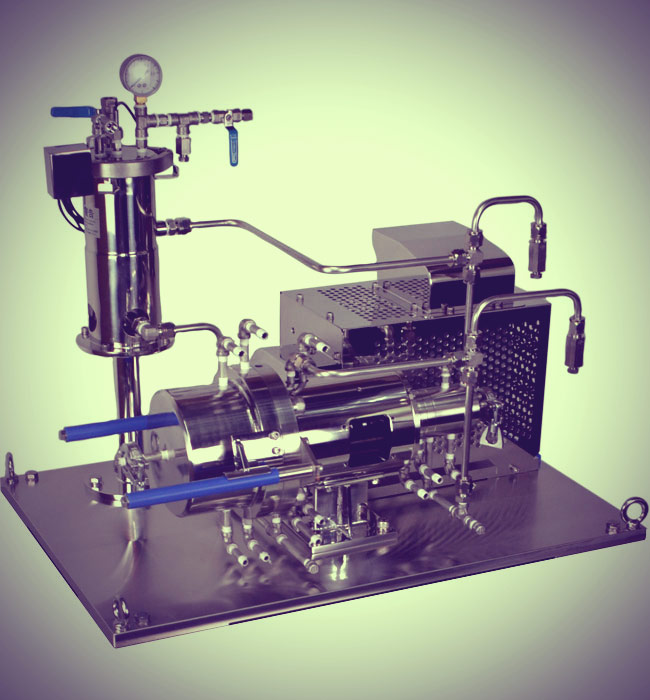

i Classifier INDUSTRY ORIGINAL
High Precision Classifier
iClassifier PRODUCT OVERVIEW
0.1 microns
Satake has spent many years researching fluid dynamics, and mixing impeller and control technologies. The result of that research is the i Classifier wet centrifuge: a rotor-driven hydrocyclone classifier capable of reliably separating in the submicron range.
The Satake i Classifier is well-suited to producing high value powder materials, like fine chemical powders, powders for semiconductors and other electronics, and pharmaceutical raw materials. It is also the only option of the market able to produce powders in the 0.1 micron range for advanced, new nanotechnologies and other powder-treated technologies.


© Copyright 2021 SATAKE MultiMix Corporation


